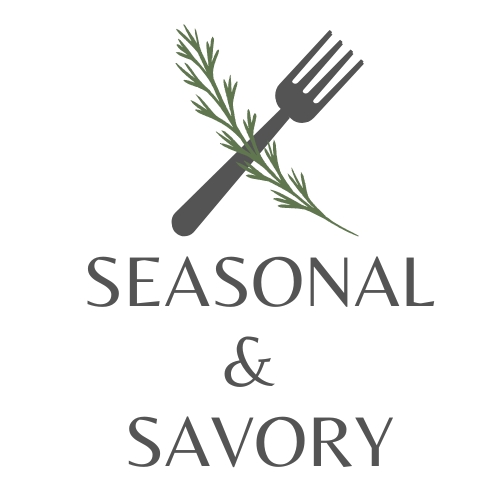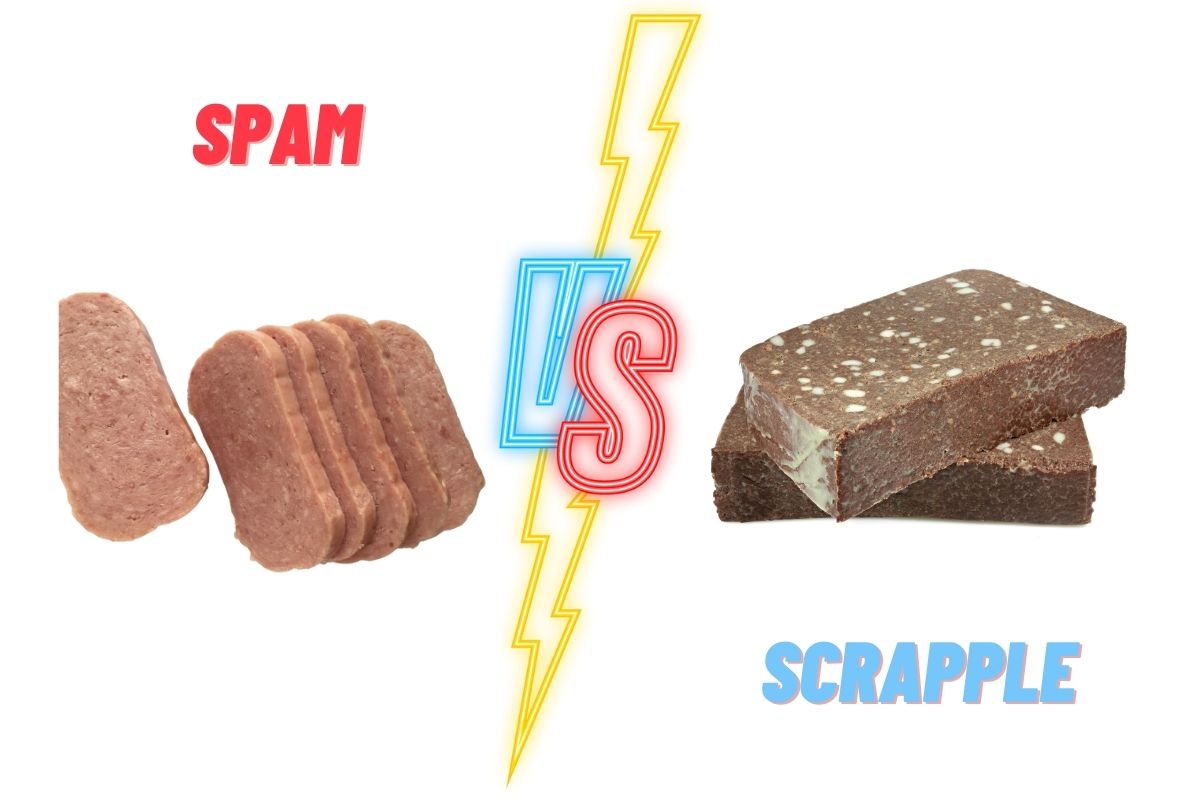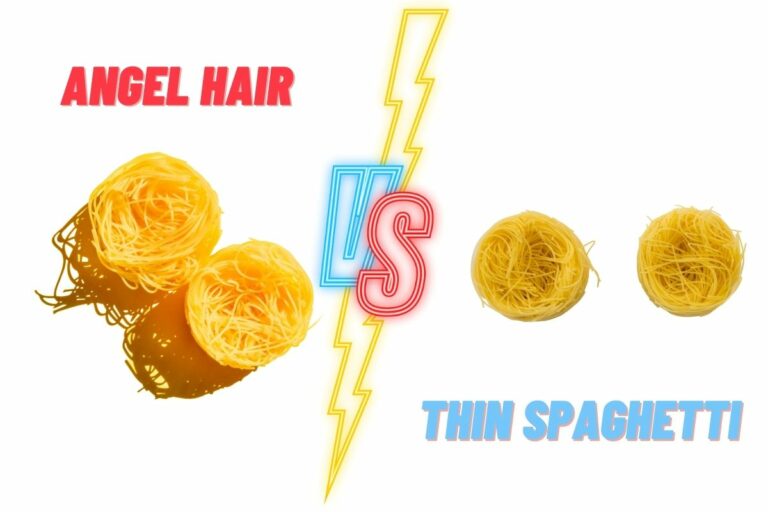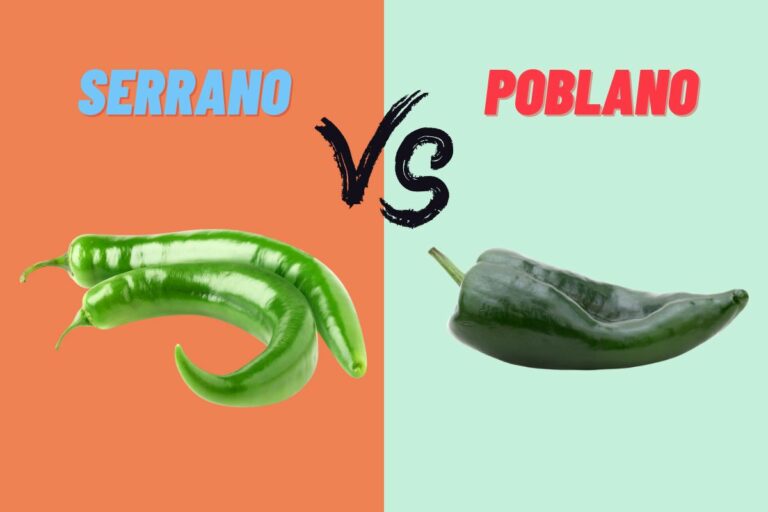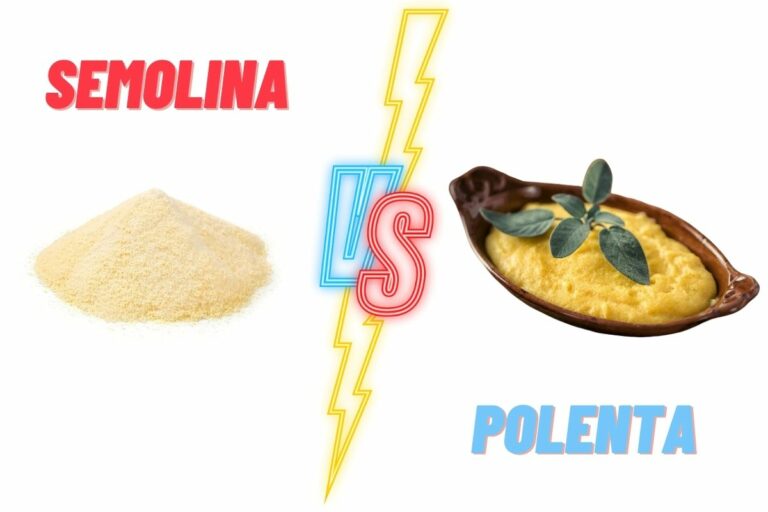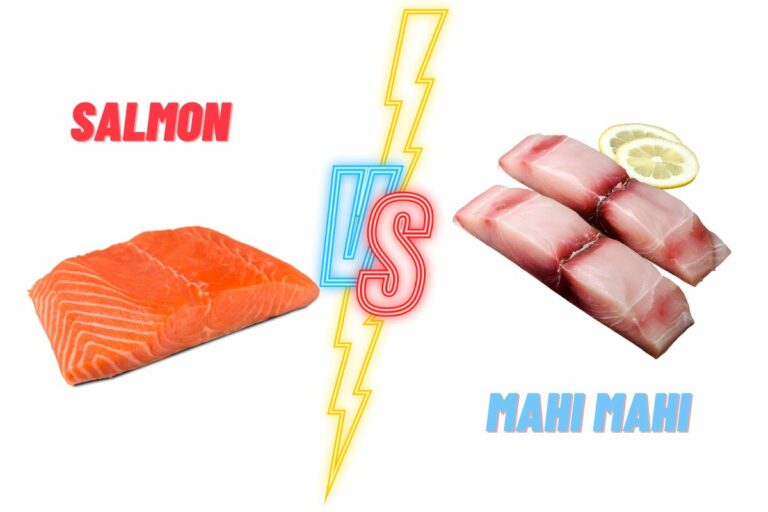Spam vs. Scrapple: The Ultimate Processed Meat Showdown
Spam and scrapple are famous for their “easy to eat” attributes and share some similarities in appearance. Both look like loaves and have a rich meaty texture. However, the debate between Spam and scrapple remains a topic of discussion for many. In this article, we will explore their differences and help you decide which one to choose based on taste, texture, ingredients, preparation methods, and nutritional content.
What is Spam?
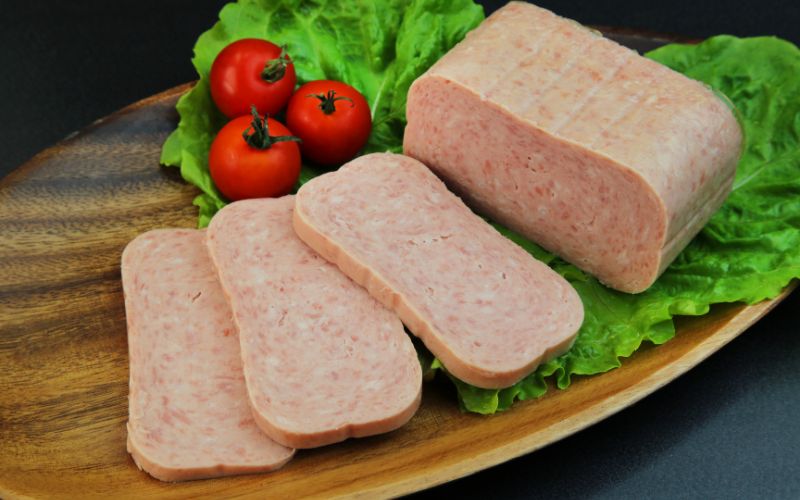
Spam is a brand of canned pork produced by Hormel Foods Corporation. Known for its salty and processed attributes, Spam has gained popularity worldwide due to its affordability and accessibility. Introduced in 1937, Spam had spread to 41 countries by 2003, with Hawaii being one of the highest consumers. Other countries, such as the USA, UK, and Korea, have also adopted Spam, leading to different regional versions like Korea’s “Konnyak.”
Spam contains only six ingredients:
- Pork with Ham meat
- Potato starch
- Sugar
- Salt
- Sodium nitrate
- Food preservative
There are currently around 15 types of Spam produced in various ways, catering to different tastes and preferences.
What is Scrapple?
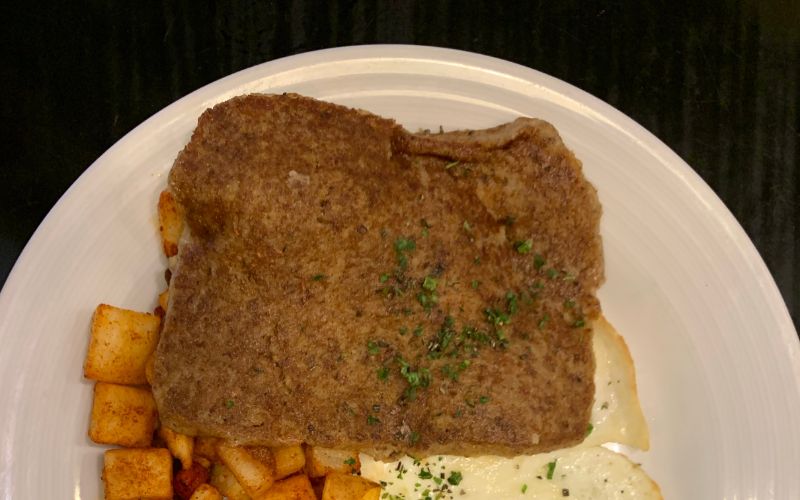
Scrapple, a Pennsylvania Dutch dish, is a type of “meat pudding” made from a mush of pork scraps. This American ethnic food is created using leftover meat from butchering. Originally invented to reduce food wastage, scrapple traditionally uses pork butt and liver, along with other offal pieces from pig butchering.
Main ingredients of scrapple:
- Pork mush
- Cornmeal
- Spices
- Buckwheat flour
- Flour
Scrapple can be enjoyed in many ways, such as crispy or shallow-fried, and its flavor will vary depending on the meat used. To enhance its taste, you can use maple syrup, honey, butter, eggs, or mustard.
Spam vs. Scrapple: Quick Comparison
| Basis of comparison | Spam | Scrapple |
| Texture | Smooth | Crumbly |
| Taste | Salty | Slightly sweet |
| Cooking process | Boiled | Cooked |
| Appearance | Sliced in uniform shape | Resembles breadcrumbs |
Differences Between Spam and Scrapple
Taste:
Spam offers a salty and spicy flavor with traditional ham and pork-based variants. Scrapple, on the other hand, has a rich pork taste with a savory and crunchy texture. The basic taste of scrapple resembles sage and pork, with its mild and sweet flavor influenced by spices like onion, garlic, cloves, nutmeg, and black pepper.
Seasoning:
Spam uses salt as its only seasoning, while scrapple incorporates various spices, such as onion, garlic, and other dried spices, giving it a lighter and more diverse flavor profile.
Texture & Appearance:
Spam has a soft, moist, and spongy texture, resembling sausage patties in consistency. Scrapple has a crunchy exterior and a softer interior, with a texture that resembles breadcrumbs.
Storing Process:
Spam uses preservatives and can be stored at room temperature if unopened. Once opened, it should be refrigerated. Scrapple contains no preservatives and must be refrigerated to maintain freshness.
How to Prepare Spam and Scrapple
Spam is made from a mix of meat ingredients and cooked to pasteurize. Preparation varies by region, but it generally involves mixing ingredients and cooking before packing. Scrapple, on the other hand, is prepared by boiling and mashing pork, then mixing with cornmeal, spices, and flour to create a thick batter. This mixture is then cooked until it reaches a mushy consistency, poured into a loaf pan, and allowed to cool and solidify. Once set, it can be sliced and cooked in various ways.
Spam is typically sliced and pan-fried, grilled, or baked. It can be served as a main dish or incorporated into a variety of recipes, such as sandwiches, salads, or casseroles.
Scrapple is typically pan-fried and served as a breakfast dish or snack. It can be enjoyed with maple syrup, honey, butter, eggs, or mustard to enhance its flavor. In some regions, scrapple is also added to sandwiches or served alongside other breakfast staples like eggs, bacon, and toast.
Nutritional Comparison of Spam and Scrapple
Spam and scrapple both use meat as their main ingredient, So it is obvious that both will be rich in protein. However, let’s compare the nutrition value of spam and scrapple and find out which one is healthier:
| Basis Of Nutrition (56 gm) | Spam | Scrapple |
| Calories | 174 | 119.8 |
| Protein | 7 grams | 5 grams |
| Fat | 15 grams | 8 grams |
| Carbs | 2 grams | 8 grams |
| Sodium | 32% of DV | 12 % of DV |
| Iron | 3% of DV | 18 of DV |
Spam and scrapple are both rich in nutrition. Both of them will provide a convenient amount of energy for surviving. Let’s discuss a few health benefits of spam and scrapple.
Spam Health Benefits
- Spam is beneficial if you’re following a weight-loss diet. It includes maximum ingredients yet is quite fulfilling. So, once you eat, one can of spa, and you’ll not feel hungry for a long time.
- Spam contains a high amount of protein and fiber. This will make a great meal any day.
- Spam is affordable and requires minimum time to prepare.
Scrapple Health Benefits
- Scrapple contains the minimum amount of sodium, calories, and fat. This will be a healthy option for breakfast for those who want to gain weight.
- Scrapple is also a safe food for the keto diet. So, you can eat it on your weight loss journey as well.
- It is said that one slice of scrapple will be healthier than one slice of bacon. Its low calories and sodium will make a great deal in combining taste and nutrition together.
Cultural Significance
Spam
Spam in popular culture
Spam has left its mark on pop culture, with references in movies, television shows, and even a Monty Python sketch. It has also inspired the term “spam” for unsolicited emails due to its ubiquitous nature.
International adaptations and recipes
Spam has been embraced by various cultures, leading to a range of unique dishes, such as Spam musubi in Hawaii, kimchi fried rice with Spam in Korea, and Spam sushi rolls in Japan.
Spam festivals and events
Spam enthusiasts gather at events like the annual SPAM JAM® in Waikiki, Hawaii, and the SPAMERICAN™ Tour, celebrating all things Spam with food, music, and games.
Scrapple
Scrapple in regional culture
Scrapple is an integral part of Pennsylvania Dutch culture and the Mid-Atlantic region, with families passing down their recipes through generations.
Traditional recipes and variations
While the core ingredients of Scrapple remain the same, different families and regions have their unique twists, such as varying the type of meat, spices, or grains used in the dish.
Scrapple festivals and events
Scrapple lovers come together at events like the annual Apple Scrapple Festival in Bridgeville, Delaware, to celebrate the dish with food, crafts, and entertainment.
Conclusion
Spam and scrapple are both unique meat products that cater to different preferences in taste, texture, and nutritional content. Spam is more popular globally due to its accessibility and variety of flavors, while scrapple has a more localized following in the United States, particularly in Pennsylvania.
When choosing between Spam and scrapple, consider your taste preferences, nutritional needs, and how each product fits into your meal plans. While neither is an ideal choice for a healthy diet when consumed in excess, they can be enjoyed in moderation as part of a balanced and varied diet. Experiment with different preparation methods and recipes to find the perfect way to enjoy these unique meat products.
